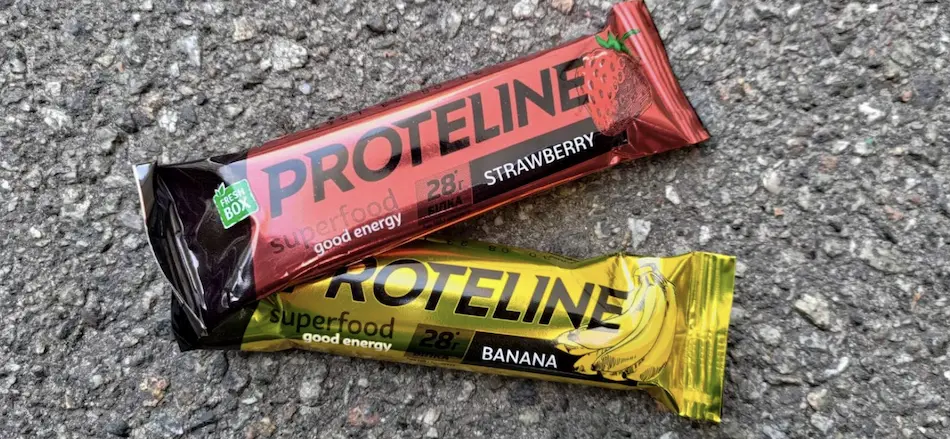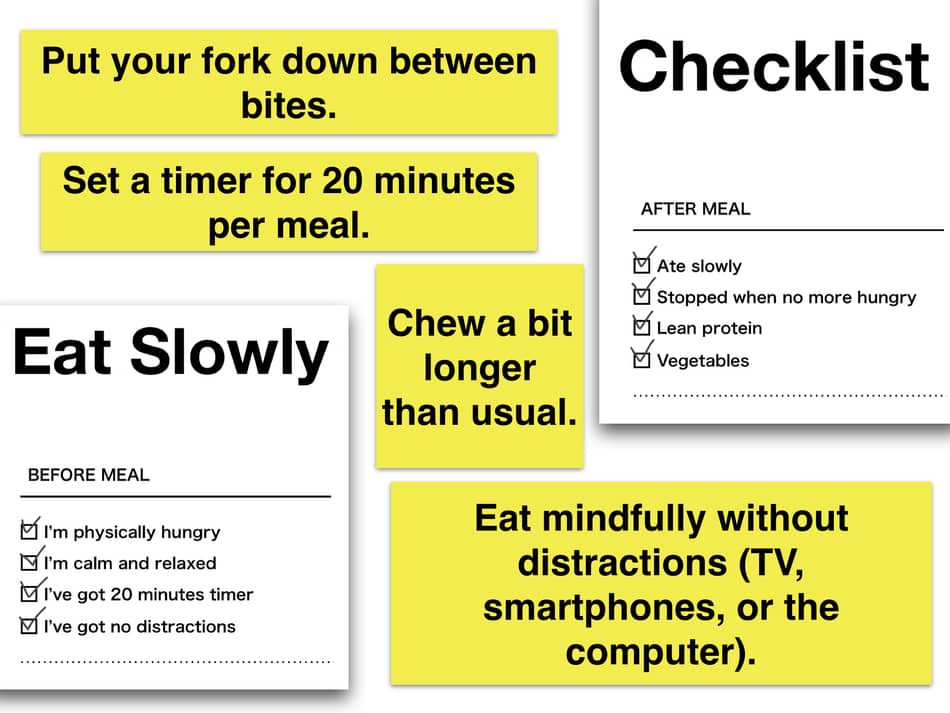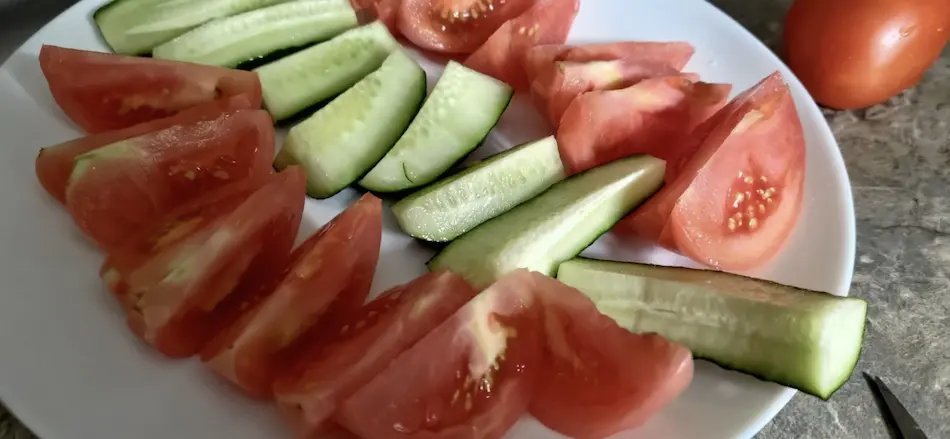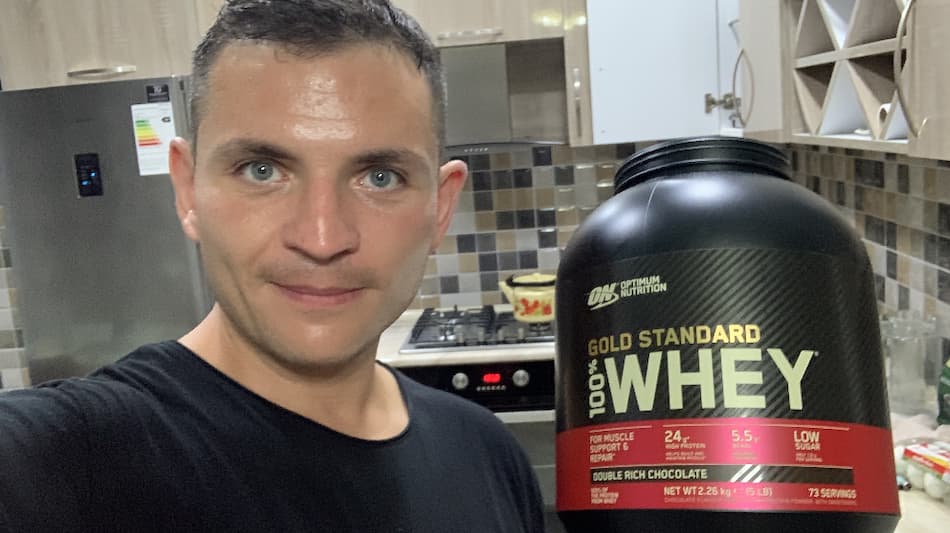The Peloton doesn’t have a nutrition program or a diet for weight loss that you can follow. The only nutrition “tips” comes directly from the peloton instructors.
Here, at Millennialhawk, we reached out to several fitness experts and peloton community members to share their ideas about what food they eat to stay in shape.

Disclaimer: This article is for general information purposes only. The use of this information and the materials linked to this article is not intended to be a substitute for professional medical advice, diagnosis, or treatment.
Peloton doesn’t have a diet plan
You may feel disappointed if I tell you that peloton does not have a specific diet plan to follow.
Even on their blog, there seems to be plenty of information about calories burned, how to improve your FTP score, or how to use meditation classes.
(Nothing about nutrition.)
Sweating on the bike every day is a great way to improve health and body composition.
However, without good nutrition, you can spend a lot of energy and still have mediocre results.
Why peloton doesn’t recommend a nutrition plan?
You won’t see any personal recommendations for meal planning or nutrition supplements from the peloton instructors.
In fact, the company admits that its instructors are not allowed to provide any dietary guidance. (I think this approach is transparent and helps with the company’s integrity.)
According to The American Nutrition Association, it is illegal for a personal trainer/fitness coach without a nutrition license to use nutrition tools in their work (source).
In some interviews, they are open to sharing what they eat, however, this does not mean they recommend their members eat the same.
Which diet should you follow on Peloton?
There is no one-size-fits-all diet.
Whenever you’re following a keto, paleo, or plant-based diet, all those dietary interventions have something in common.
- They all recommend to stay away from processed and sugary foods.
- They also recommend eating whole, minimally processed, and nutrient-rich foods.
And if you pay close attention, you will quickly realize that they’re all associated with robust health, despite being very different.
So if your goal is to improve body composition and reduce fat, your priority shouldn’t be to follow the best diet.
Your priority should be to follow the diet that helps you maintain your performance (or improve) while being in a calorie deficit.
What foods should you eat on Peloton?
Ever since I started using peloton, my diet plan included foods that are high in protein, fiber, and several macro and micronutrients.
That includes:
- Lean meats
- Whole foods
- Greens and veggies
- Fruits
- Dairy products
- Nuts and seeds
The biggest mistake I did in the past was to eating the same foods over and over again.
This was a dumb idea becasue it not only led to mild nutrient deficiencies, but also I felt I was getting bored with my meals.
How to create a meal plan on Peloton?
For me, the meal plan should not only supports my goals (whether that’s improved performance or body composition) but also matches my current lifestyle and taste preferences.
Below you can find the list of tips that my wife and I personally used to lose weight with the peloton.
Eat more proteins

Protein is something that I often struggle to get more. (I never say at the end of the day “gosh, I wish I did not eat so many proteins today“.)
(It’s always the other way around.)
Adding protein-rich food to your workouts not only helps to reduce hunger and appetite but also preserves lean body weight.
Why is protein intake important for the peloton diet?
Eating more protein is important while doing peloton because it helps you to spike protein synthesis while reducing muscle protein breakdown.
Some studies have shown that people who are doing calorie deficit have much higher protein requirements, compared to people who are not dieting.
Stefan Pasiakos, Ph.D., a physiologist and Chief of the Military Performance Division at the United States Army Research Institute of Environmental Medicine, find out how protein needs change during dieting.
He documented 12 adults who underwent 10 days of moderate calorie deficit, followed by 10 days of calorie deficit.
The results after 10 days showed that people who eat less protein had protein synthesis reduced by 19% (Pasiakos et al. 2010).
(It’s almost like being in a calorie deficit accelerates muscle breakdown.)
You can read more about this and more studies in my article. I’ve already covered everything there is to know about calorie deficit and protein, which I recommend you read.
Proteins help to maintain your lean body weight
Lean body weight is what keeps the metabolic rate high. During calorie restriction, the body undergoes adaptive thermogenesis.
This means people who lose weight (and fail to maintain muscle mass) immediately lower their resting metabolic rate, even 15 to 40% below their predicted baseline values (Doucet et al. 2001).
Let that sink in for a moment.
Someone who weighs 250 lbs and loses 70 lbs (and fails to watch their protein intake) will have a 15 to 40% slower metabolism than someone who has been 180 lbs all their life.
That happens because of a decline in muscle mass, which is the main driver behind energy expenditure.
The overwhelming number of research confirms that to achieve optimal body composition, increase muscle mass and be able to maintain it, you need a certain amount of proteins.
The peloton can help you lose weight, as long as you combine regular workouts with a high-protein and high-fiber diet.
Proteins keep you full
What I like about eating a lot of proteins is they keep you full for longer. I did several small experiments where I started my days by eating bagels and toast, versus eating lean-cut meats.
The effect was that I felt less hungry, more energized, and more productive after I have a high-protein breakfast.
On the other hand, when I eat breakfast that has minimum protein, I tend to feel lethargic and unmotivated.
You can eat protein bars

If you find that eating more proteins with each meal is unrealistic, try adding some protein bars. You can find many tasty and sugar-free bars that contain 20-30 grams of protein.
I like to grab protein bars when I travel or when spending all day at work. These days, I don’t have access to whole foods, so the next best option is to grab a bar.
How much should you eat?
As a whole, you should eat around 2.0g – 2.4g of protein per kg per day while being on a peloton diet.
The high protein intake helps to maintain optimal muscle protein synthesis, preserve muscle mass, and increase the metabolic rate.
Also, adding high-protein foods to your meals helps not only to reduce body weight but also helps to preserve lean body mass while being in a calorie deficit, and prevent weight regain (Moon 2020).
Eat slowly

(This is the simplest, yet most powerful tool that helped me transform my relationship with food.)
Eat slowly.
Eating slowly means:
- Put your fork down between bites
- Set a timer for 20 minutes
- Chew a little extra longer than usual
- Eat mindfully without watching TV or other distractions
It takes around 15-20 minutes for the satiety hormones to initiate fullness.
When you’re eating slowly and stretch out your meal time, you can end up eating half of the food you normally eat and be full.
Eating slowly helps to reduce appetite
The strenuous peloton rides can increase appetite.
Doing high-volume training influences energy balance and triggers hunger. Initially, aerobic exercise boosts energy deficit without compensatory effects on appetite.
However, long-term negative energy balance does increase appetite.
The more you train, the more calories you burn. And the more calories you burn, the more energy deficit and cravings for food you get.
I find that eating slowly helps to increase my satiety and lower my hunger and appetite levels.
Add fiber-rich foods

Apart from protein, a good peloton diet plan should also include fiber-rich foods, fruits, veggies, and high-satiety foods.
Some of my favorite choices are the veggies that don’t require cooking.
- Cucumbers
- Tomatoes
- Gerkins
- Onions
- Carrots
This can save you tons of time.
Also, having a variety of foods helps to balance macro and micronutrients, and electrolytes and prevent nutrient and vitamin deficiency.
Instead of eating the same meal over and over again (like I did), your diet should be rich in all sorts of food groups.
While micronutrients are needed only in relatively small amounts, they are essential.
They provide the foundation of our metabolic and physiological processes. Some of them are manufactured in the body, but some don’t.
That’s why you need a variety of foods if you’re planning to experiment with a calorie deficit in the long term.
You can use supplements

The best supplements for the peloton include marine-based omega-3 fatty acids, probiotics, protein powder, and creatine monohydrate.
These supplements help with reducing muscle soreness, increasing performance, and help to maintain lean body mass.
You can see the full list of best peloton supplements that can help you with performance and recovery in my article here.
Choose healthy fats
I often find that taking 2 spoons of coconut oil can not only help with my energy but also increase my satiety.
Apart from satiety, coconut oil is also a good source of energy.
Some expert says that after you eat coconut oil, the body immediately sends it to the liver to oxidize for energy, bypassing digestion.
Peloton meal plan tips
As a whole, to lose weight fast with a peloton you need to stay in a calorie deficit, ideally around 300 to 500 calories below your maintenance level.
To get there you can either count calories, weigh your food or apply intuitive or mindful eating.
Some people (typically engineers) love numbers. They will track and measure a lot of details.
But the majority of people don’t get excited about numbers.
That’s why, according to Kelly A. Romano, in the long-term numbers aren’t a good fit for everyone, and can bring them more anxiety and additional stress.
The good news is that you don’t need to track the calories to see the progress.
Instead, you can simply track the behaviors, like eating slowly, timing your food, or eating mindfully without distractions.
Organize your kitchen
According to the peloton community members, one of the biggest obstacles people have that stops them from adding fruits and veggies is an inconvenience in preparation.
It takes time to prepare food from the scratch,
Organize your kitchen and make it as easy as possible to prepare your veggies at home. The easiest way to change the habit is by changing the environment.
The last thing you want is to train hard on the peloton and drop the ball because your kitchen is full of comfort foods. If you know that some foods are problematic for you, don’t stock up on those foods.
Here you can see the example of how the nutrition coach Stephanie conducts a healthy kitchen makeover with one of the clients.
Create meal journal
One extra tip I wanna share with you that made a huge difference in my weight loss program was meal journaling.
(It can help you too.)
Document your journey. It can be in the form of video, audio, or a notebook.
- Document everything you can.
- Take a photo each week.
- Do it on the regular basis.
Once a week shoot a picture from the front, side, and back. Keep that picture in your journal. And on those dark days, when you think that nothing works, just open your journal.
When should you eat?
I like to eat after my rides, as long as it’s a short ride.
Doing aerobic exercise in the fasted state induces higher fat oxidation.
However, doing long-duration and high-intensity workouts, without having nutrients available, impacts the training response and can worsen performance.
How long should you wait before riding the peloton?
As a whole, you should wait for around 1-2 after your last meal to ride the peloton.
Eating food induces digestion and parasympathetic response.
This moves the blood away from the muscles into the stomach and intestines until the food is properly absorbed.
Here is a simple breakdown of how to plan your meals based on your goals.
| Sugary carbs | Starchy carbs | Protein | |
|---|---|---|---|
| Fat loss | Minimize intake | Only after exercise | Eaten with each meal |
| Performance | Immediately after exercise (only for long-distance) | Eaten with each meal | Eaten with each meal |
TIP: For fat loss, the easiest way to reduce food intake, without counting calories is to eat until satisfied. Satisfied means that you stop eating when you’re no longer hungry. (It doesn’t mean when your belly is full.)
What to eat before a Peloton ride?
Before getting on the peloton, you should eat a small meal containing protein and carbohydrates.
- For long-distance rides, I like to consume more carbs as they improve performance and can impact training adaptations.
- For short rides, I prefer to reduce the number of carbs.
Things to eat before a peloton ride
- bananas
- protein shake
- corn on the cob
- oatmeal
- cottage cheese
What should you drink before the peloton?
This will highly depend on your personal goals and performance requirements.
For instance, if you like long-distance rides, you can benefit from adding simple carbs to your drinks.
On the other hand, if you’re looking for weight loss, I recommend you should drink zero-calorie beverages.
What to eat after a Peloton ride?
After a peloton ride, I like to eat high-quality protein to stimulate muscle protein synthesis and optimize the recovery process.
(I recommend you do the same.)
You also should include a good amount of carbohydrates to replenish glycogen stores in the muscles.
How long after the peloton can you eat?
As a whole, you can eat immediately after a peloton ride because it will support muscle protein remodeling and recovery after exercise.
Endurance training elicits muscle adaptation and eating after your workout is necessary to optimize those responses.
You can lose weight with peloton without dieting
You can definitely do a peloton and lose weight without dieting, but you still need to create a moderate calorie deficit.
This can be achieved by either exercise or dieting.
In fact, eating 250 – 350 calories less per day is enough to trigger weight loss over a long period of time.
However.
According to a meta-analysis of 29 long-term weight loss studies, more than half of people who lost weight have regained over 80% of it back within 5 years (Anderson et al. 2001).
The number one reason why long-term weight management is so difficult comes down to a failure to maintain a lean body mass, inadequate protein intake, and lack of regular strength training (Hall 2018).
What do peloton instructors eat in a day?
As a whole, most of the peloton instructors eat a well-balanced diet that includes fresh vegetables, fruits, lean-cut meats, and gluten-free bread.
Jess King, one of the senior peloton instructors hosts a cooking show on her Instagram where she prepares meals together with her fiance.
Conclusion
Peloton diet meal plan is not complicated, but it takes time to see results. However, because it’s a slow process, eating the same foods can be tedious.
That’s why variety and changing things up are important.
PS. Don’t forget to document your meals.

